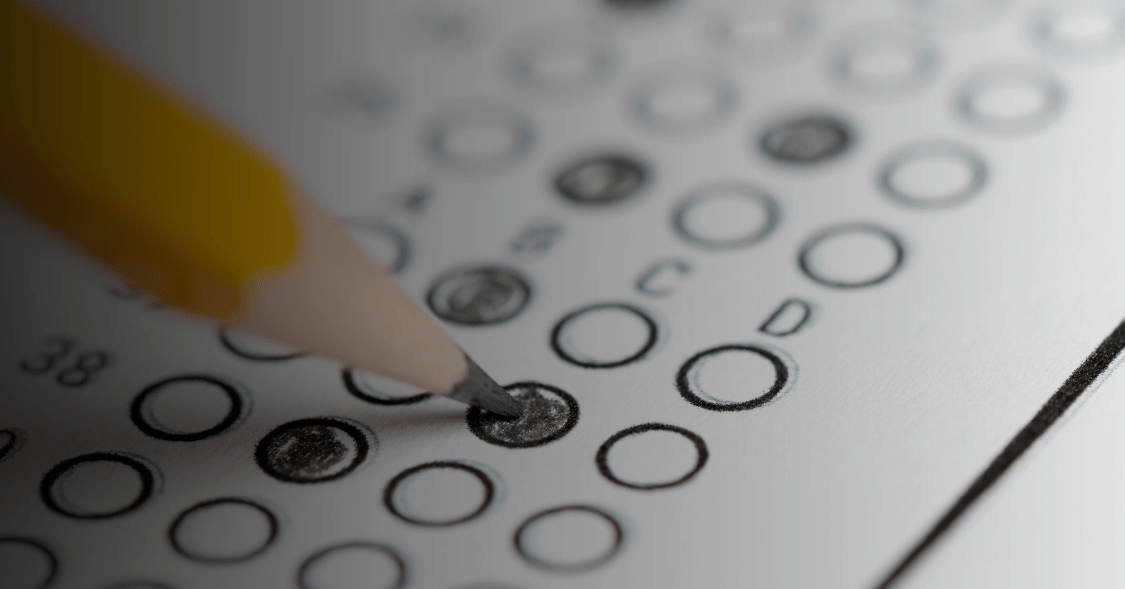How to get ahead in SAT Writing
The SAT “Writing” section is a bit of a misnomer. You will not be asked to compose essays or analyse literary style - instead, this section tests your ability to spot and correct errors in grammar, punctuation, and sentence structure. It’s all about rules and rhetoric, not creativity. So, how do you get ahead and maximise your score?
Learn the grammar rules cold
This is non-negotiable. The single most important thing you can do to boost your SAT Writing score is to know all the grammar rules extremely thoroughly. Think:
-
Subject-verb agreement
-
Pronoun clarity and agreement
-
Verb tense and form
-
Joining clauses (independent and dependent)
-
Correct punctuation usage (there are more than six different comma rules tested!)
Our SAT Book of Knowledge is a complete guide to every rule tested, with clear explanations and targeted drills for each rule type. Start here if you want a structured, comprehensive foundation.
Handwritten flashcards are your best friend. You can create a card for every rule, and include
- a definition of the rule
- one correct example
- one incorrect example
Regularly test yourself to keep everything fresh. You'll be surprised how often seemingly simple rules trip students up under pressure - flashcards help beat that.
Once you’ve nailed the Book of Knowledge drills, head over to Khan Academy’s Digital SAT Prep for free extra practice. Follow that up by diving into the CollegeBoard Question Bank, filtering specifically for Standard English Conventions questions.
Recognise patterns in questions
Know that the grammar questions are ALL worded the same. They will always say “Which choice completes the text so that it conforms to the conventions of Standard English?” Great. We’ve read that now. We don’t need to take time reading it again.
Instead, when you see those question words, look at the answer choices: this will tell you what sort of question you’re dealing with.
- Are all the answer options different types of verbs? Then it’s a verb question and the most important thing will be to read the full sentence and identify the subject.
- Do all the answer choices have the same words but employ different punctuation? Then this is a punctuation question – you should read the full sentence, identify its independent clause, and note any other punctuation already in the sentence that you might need to match.
Work towards speed, but prioritise accuracy
Ideally, you want to practice enough that you can answer Writing questions consistently correctly in under 45 seconds. This will give you much more time to tackle the most difficult Reading questions. But remember, never rush: it’s most important that you achieve the accuracy.
In summary, SAT Writing is less about “writing” and more about being a grammar detective. Arm yourself with the rules, drill consistently, and develop the ability to quickly identify question types and trap answers. Do that, and this section can become one of your easiest wins on test day.
Need help improving your score and test-taking strategies?
A-List offers intensive 5-day SAT courses and private tuition to help you unveil your strengths and areas for improvements, and get you confident for test day.
Book a free session with one of our consultants today to discuss your best path forward.



